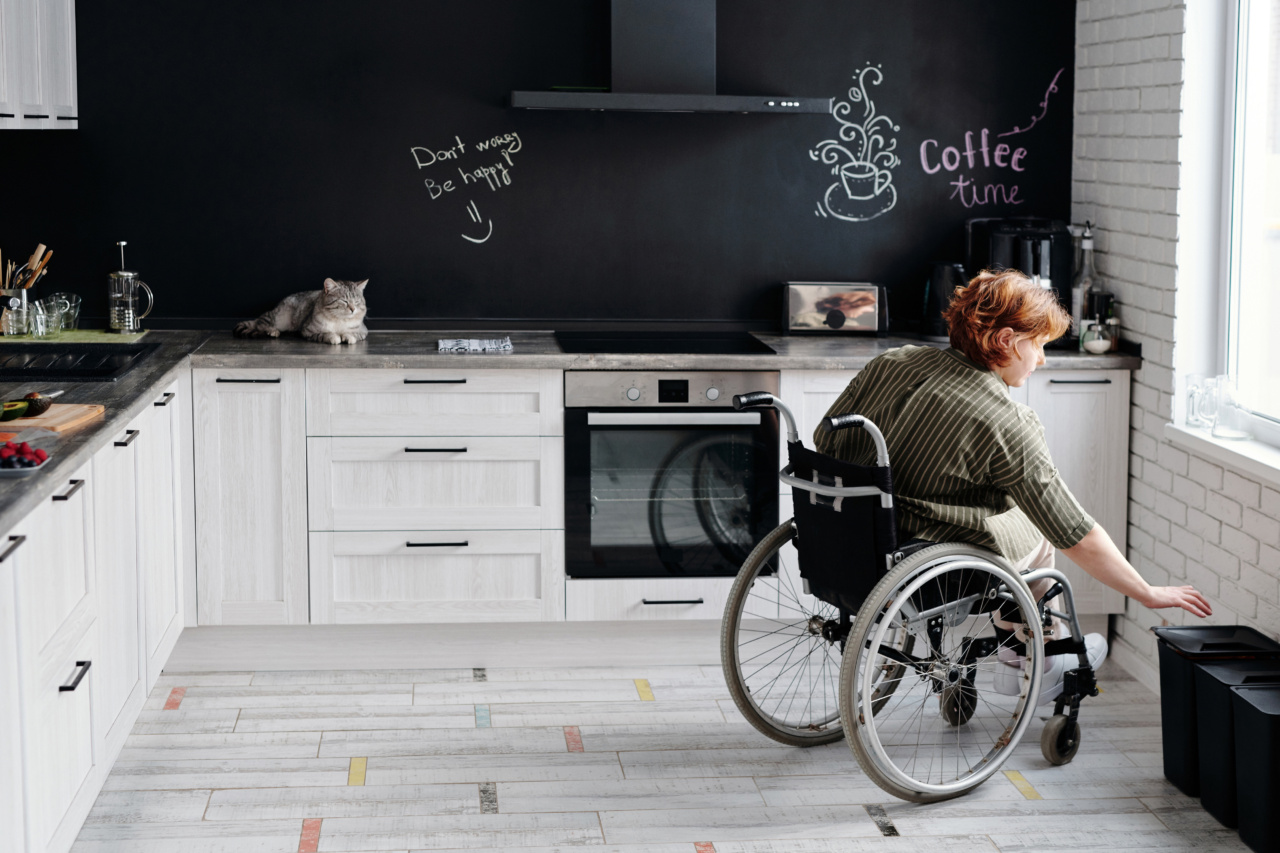Have you ever noticed how quickly you can rise from a chair? Surprisingly, this seemingly simple action can reveal a lot about your overall health.
Researchers have found that the time it takes for individuals to rise from a chair can be an indicator of their physical strength, balance, and muscle function. In fact, a study published in the European Journal of Preventive Cardiology found that chair rise time was associated with a higher risk of all-cause mortality in middle-aged and older adults. So, what does your chair rise time say about your health?.
1. Strength and Muscle Health
Chair rise time is closely linked to muscle strength. When you rise from a chair, your leg muscles, including your quadriceps and glutes, are responsible for generating the force needed to stand up.
If you have weak or deconditioned muscles, you may find it harder and slower to rise from a chair. This could indicate that you have lower overall muscle strength, which is vital for maintaining balance, mobility, and overall function.
2. Balance and Stability
Rising from a chair also requires good balance. As you transition from a seated to a standing position, your body relies on a combination of muscle coordination and stability to maintain equilibrium.
If you struggle with chair rise time, it could suggest that you have impaired balance, which may increase your risk of falls and injuries. Poor balance can be caused by various factors, including muscle weakness, inner ear problems, and neurological conditions.
3. Flexibility and Joint Function
The ability to rise easily from a chair also depends on the flexibility and function of your joints.
If you have stiff or inflexible joints, such as in your hips, knees, or ankles, it can affect your range of motion and make it harder to perform the movement smoothly. Joint stiffness can be associated with conditions like arthritis or other degenerative diseases. Maintaining good joint health through regular stretching exercises and a balanced diet can improve your chair rise time and overall mobility.
4. Cardiovascular Fitness
Research has shown that faster chair rise time is correlated with better cardiovascular fitness. When you rise from a chair, your heart rate increases slightly due to the exertion.
Individuals with better cardiovascular fitness levels tend to have a lower resting heart rate and a faster recovery time after physical activity. Conversely, if it takes longer for you to rise from a chair, it may indicate that your cardiovascular system is not functioning optimally.
5. Age-related Changes
Chair rise time can also be influenced by natural age-related changes in the body. As we age, the loss of muscle mass and strength, known as sarcopenia, becomes more prevalent. This can result in a slower chair rise time.
Additionally, changes in joint mobility, balance, and cardiovascular fitness can also occur with age. However, regular exercise and maintaining a healthy lifestyle can help slow down these age-related changes and improve chair rise time.
6. Neurological Health
Your chair rise time can provide insights into your neurological health.
Neurological conditions, such as Parkinson’s disease or multiple sclerosis, can affect muscle control and coordination, making it more challenging to rise from a chair smoothly. If you experience significant difficulties in chair rise time without any apparent physical weakness or joint issues, it may be worth discussing with your healthcare provider to explore potential underlying neurological causes.
7. Mental Health and Well-being
Chair rise time is not only linked to physical health but can also reflect mental health and overall well-being.
Physical activity, including the ability to rise from a chair, has been associated with improved mental health outcomes and reduced risk of depression and anxiety. Conversely, if you find it challenging to rise from a chair, it can impact your confidence and independence, potentially leading to decreased overall well-being.
8. Practical Implications
Assessing chair rise time can have practical implications for healthcare professionals.
By measuring a patient’s chair rise time, healthcare providers can obtain valuable information about their functional ability and identify potential areas of impairment. This information can guide interventions and exercise programs specifically tailored to improve strength, balance, and overall mobility.
9. Improving Chair Rise Time
If you want to improve your chair rise time and enhance your overall health, there are several strategies you can adopt:.
- Strength Training: Incorporate resistance exercises into your routine to build muscle strength. Focus on exercises that target the muscles involved in chair rise, such as squats and lunges.
- Balance Exercises: Practice simple balance exercises, like standing on one leg or using a balance board, to improve your stability and reduce the risk of falls.
- Flexibility Training: Engage in regular stretching exercises to improve the flexibility and range of motion in your joints.
- Cardiovascular Exercise: Include aerobic activities, such as walking, cycling, or swimming, to enhance your cardiovascular fitness.
- Healthy Lifestyle: Maintain a balanced diet, get enough sleep, manage stress, and avoid smoking or excessive alcohol consumption to support your overall health.
10. Conclusion
Next time you rise from a chair, pay attention to your chair rise time. It can provide valuable insights into your muscular strength, balance, joint function, cardiovascular fitness, age-related changes, neurological health, and overall well-being.
By addressing any areas of concern identified through chair rise time assessment and adopting healthy lifestyle habits, you can improve your physical and mental health, enhance your mobility, and potentially reduce the risk of certain health conditions.































